|
Whether you have small children living with you full-time, or you’re an empty nester who will have grandchildren, or nieces and nephews visiting on a fairly regular basis, you should consider incorporating kid-friendly design into your new house. This includes features and decor that are safer and more practical for little ones. This week we’ll talk about 12 kid-friendly design features. Before we move on, shouts out go to Larissa and Brian. Thanks for letting everyone on iTunes/Apple Podcasts know that you think this podcast is “A must listen for anyone building their home.” I’m so glad the show has helped two and I’m grateful for your encouraging words. I also want thank all of you who have followed me on instagram @ultimate idea house. I appreciate you for helping me out. Alright, let’s get to our list of 12 kid-friendly design features. 1. Open Concept Layout Open concept house plans with great rooms that combine the kitchen, dining room and living room are ideal for homes with children. This openness helps you to keep an eye on children while you work in the kitchen, or while you relax in the living room as they do their homework at the kitchen island or dining room table. 2. Dedicated Play Area Add a flexible bonus room away from the main living area that can be used as a playroom when children are small, and be converted to a teen lounge, or guest bedroom as kids get older. You’ll want that bonus space to be located out of the way of the main living space so guests won’t be able to hear children as they play, or see the toys and mess they might leave. Adding a baby monitor or indoor security camera to that room will allow you to keep watch over kids as they play. 3. Washable or Scrubbable Paint (BTW, there’s a difference) Paint walls with washable or scrubbable paint. Washable paints are made to release common household stains with little physical scrubbing. They require only a little water, or at most a light detergent on a cloth for stain removal. If too much scrubbing is done on a “washable” paint, you might scrub through the finish, leaving the surface blotchy and making the finish, or sheen, inconsistent. The surface must then be restored with paint touch-ups or a complete repainting. Scrubbable paints can withstand much more abuse and scrubbing pressure, but it takes more effort to remove stains from scrubbable paint. If you are someone who constantly needs to wipe down the walls, you should probably choose a scrubbable product so the sheen and finish aren’t compromised over time. A washable product would be better for kids (or adults) who only occasionally stain walls since the washable paint will release the stain the easiest. 4. Tables with Curved Edges Decreasing the number of sharp corners in a room is safer for kids. Although you might not want all the tables in your home to be round or oval, consider making the largest tables curved or rounded. Your coffee table and dining table are usually major furniture pieces in the center of seating areas and the tables most likely to cause injuries. So even if you choose square or rectangular accent tables or end tables, go for rounded dining and coffee tables since they’re front and center. Square accent tables can be tucked into corners and close to sofas and chairs where squared off edges are less exposed. You can also choose an oversized upholstered ottoman or pair of ottomans as your coffee table. You can add a tray to the top of the ottoman if a hard surface is needed, to hold drinks for example. Bonus here is that the ottoman can be used for extra seating during parties or family gatherings. 5. Extra Storage When planning your living spaces, add built-ins cabinets, or purchase benches or ottomans with storage underneath. Those storage areas can be used for toys, children’s crafting supplies and books. You can also look for end tables with drawers. Don’t forget to add extra, easy to reach storage bins, shelves and cabinets in kids rooms so they get in the habit of cleaning up after themselves. 6. Limited Tile Floors Putting tile in living rooms, play rooms, bonus rooms and kids’ bedrooms where children will regularly play should be reconsidered. That's because anything that kids drop on a tile floor is likely to be broken or damaged. And there is greater chance of injury if children fall or slip on hard tile surfaces. Soft, patterned carpeting and rugs are a good idea for rooms where kids will spend a good amount to time. The softness of the carpet will cushion falls, and the pattern will hide stains. If you don’t want a patterned rug or carpet, choose a stain resistant carpet or put an outdoor area rug inside. A outdoor rug can be easily clean and even hosed down if it gets really dirty. After hosing the outdoor rug down, simply let it dry in the sun, then put it back in the house. A nice medium to medium-dark color is best to hide dirt. Choose a color that’s too light and you’ll see every stain, and go too dark, and you’ll see every piece of lint. Carpet tiles are also a great option because carpet tiles can be cleaned or even replaced if they they get too stained. If your children have bad allergies or asthma and even low pile carpeting bothers them, consider cork or mat flooring which are relatively soft underfoot, but cork and mat flooring won’t hold allergens like carpeting can. 7. Secure Bookcases If it fits your design and your budget, consider built-in bookcases that will never be at risk over of being pulled over by, and onto small children. If you opt for tall, free-standing bookcases, make sure they are secured to the wall, preferably a stud in the wall, so children can’t pull, push or tilt them over. Small children may even try to climb a bookcase so securing it to the wall is imperative. 8. Durable Fabrics Outdoor fabrics can be used on indoor furniture too and they are a great option in home with messy children who are evitably going to spill something. Outdoor fabric is often water and stain resistant and more durable than many fabrics typically used for indoor furniture. Have the furniture most often used by your children covered with outdoor fabrics. Alternatively, select indoor, high performance or commercial grade fabrics, or leather. Leather is very durable, but can show scratches. Note that a thicker, distressed leather hides scratches and marks better than pristine, glove-soft leather. And faux leather can also work. Fabrics shouldn’t be too light— not too lightweight and not too light in color. Lightweight, light-colored fabric is obviously less durable and less able to hide dirt and stains. Finally, consider slipcovered furniture that are covered with fabrics that can be tossed in the washer or replaced if you can’t get stains out. 9. Hard, Wipeable Dining Chairs Putting durable fabrics on dining and kitchen seating is one solution, but since chairs and stools in the kitchen and dining room are very likely to be stained with food and drinks, think about selecting seating made with hard, wipeable materials like metal, plastic resins and wood. Wooden picnic-type benches, in particular, provide great seating for children because they are easy for kids to get on and off and several children can fit on a single bench. If you can’t find any indoor wipeable seating that you like, take a look at outdoor chairs which are often made of wipeable materials. 10. Toe Kick Step Stools The toe kick area is the very bottom area of cabinetry. That toe kick is usually made of an immovable, unusable platform. But for kitchens and kids bathrooms, you can request that cabinet makers add a pull out step stool to the toe kick area that can help children better reach the faucet and countertop. This will make brushing their teeth, washing their hands and helping you in the kitchen much easier. Take a look at the show notes for an example of a toe kick step stool. 11. Bunkroom If you have, or will have, several children or grandchildren, and want to make sleepovers with their cousins or friends lots of fun, consider adding built-in or removable bunkbeds to one of your bedrooms. A bunk room can make your home headquarters for weekend or holiday slumber parties. If you’d rather your children or grandchildren have sleepovers somewhere else, better not build a bunk room. 12. Mudroom with Individual Cubbies or Lockers Include in your mudroom benches and built-in cabinets and cubbies, or factory- assembled school lockers, which you can order online. Give every child a dedicated locker or cubby that will be used as a drop zone for their backpacks, coats, shoes and sports equipment. Add doors to each cubby or locker to help keep the space looking neat and tidy. That’s it for this week. Don’t forget to follow me on Instagram @ulitmateideahouse. It’s a great way to give back if this show has been helpful to you. You’ll see photos of my house as construction progresses and I’ll post photos that have inspired me in designing the house. Please remember that the purpose of this podcast is simply to educate and inform. It is not a substitute for professional advice. The information that you hear is based the only on the opinions, research and experiences of my guests and myself. That information might be incomplete and it’s subject to change, so it may not apply to your project. In addition, building codes and requirements vary from region to region, so always consult a professional about specific recommendations for your home. Thanks for stopping by.
2 Comments
Joe
1/17/2020 12:04:31 pm
The idea of the toe kick step stool is great and one I hadn't seen before. I really like the example of the bunkrrom as its a super neat design which doesn't take up much space with the ladder.
Reply
Michelle@BYHYU
2/8/2020 09:38:13 am
You're welcome Joe! Thank you for listening.
Reply
Your comment will be posted after it is approved.
Leave a Reply. |
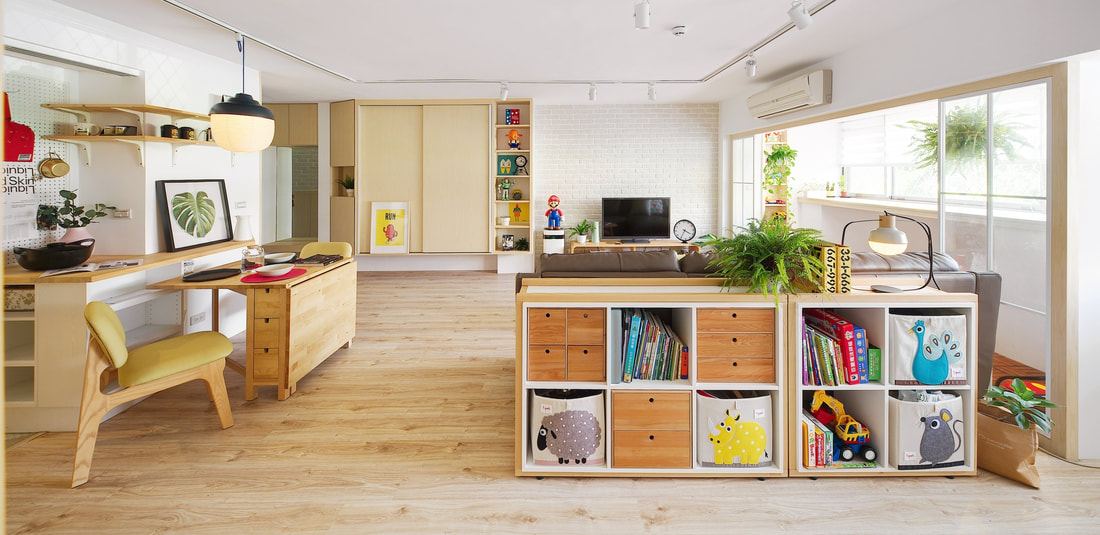
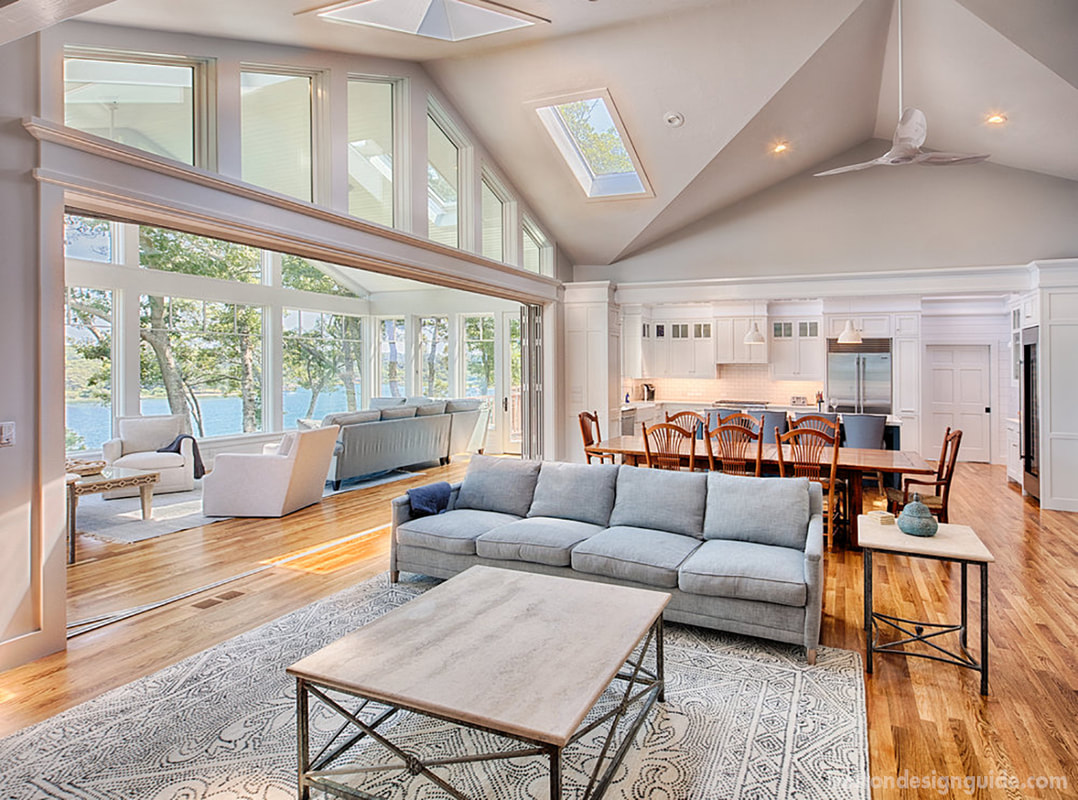
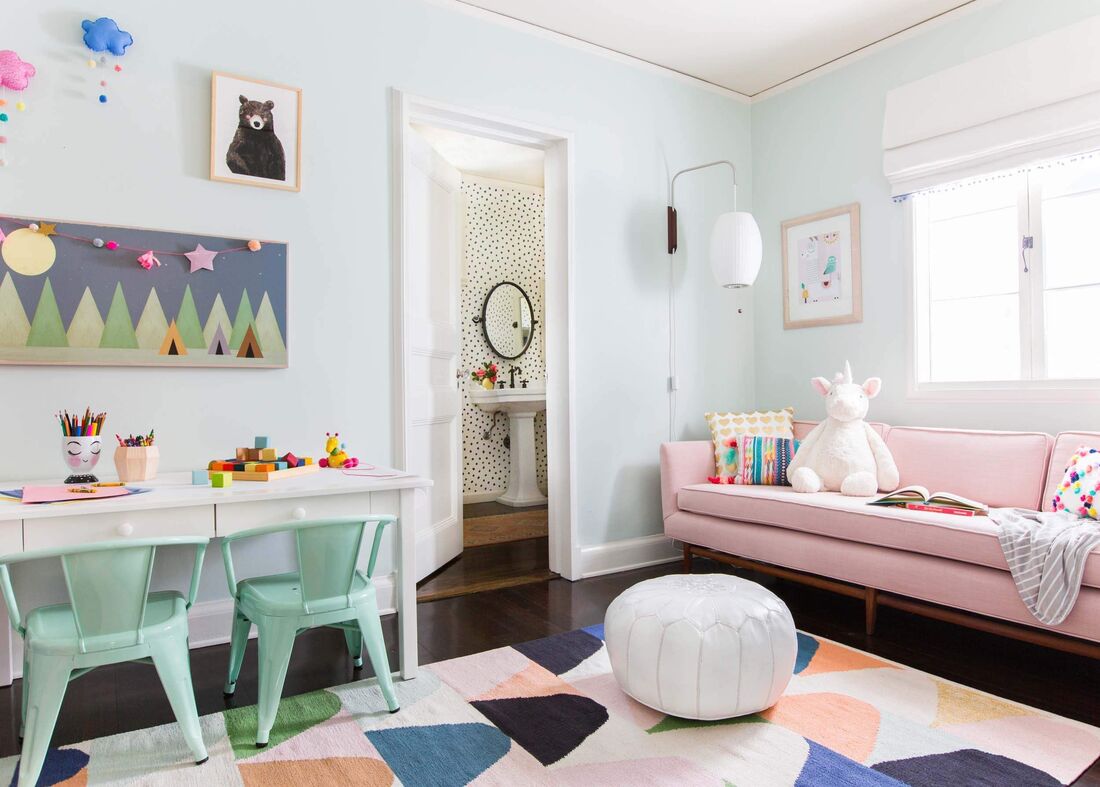
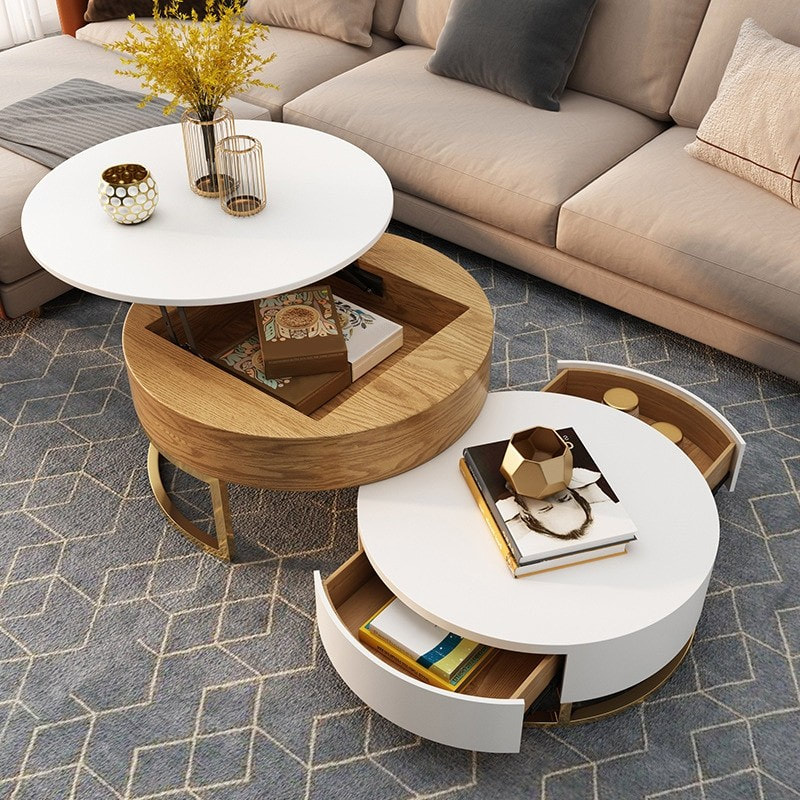
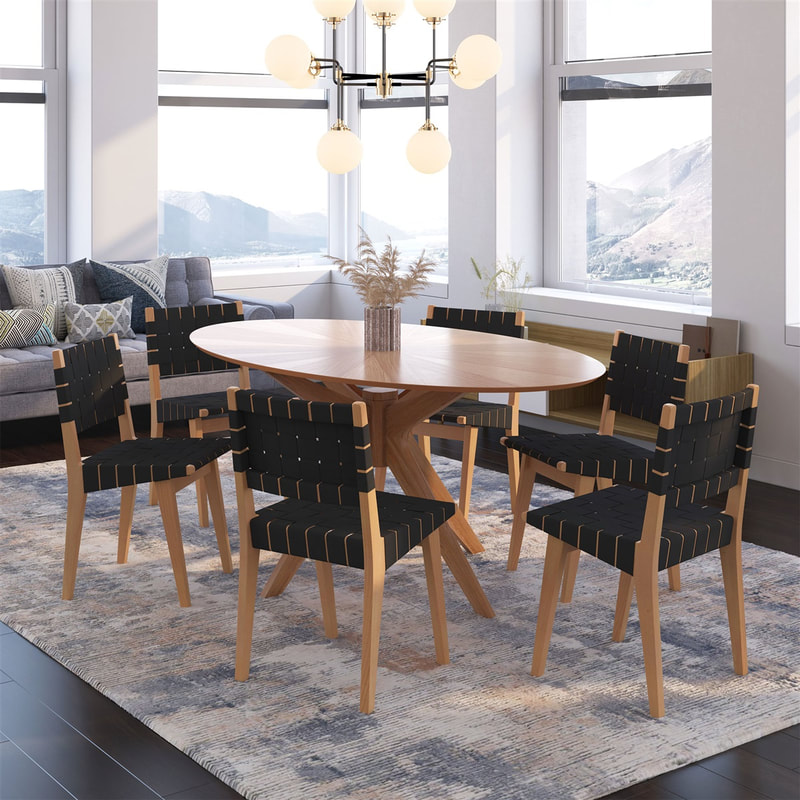
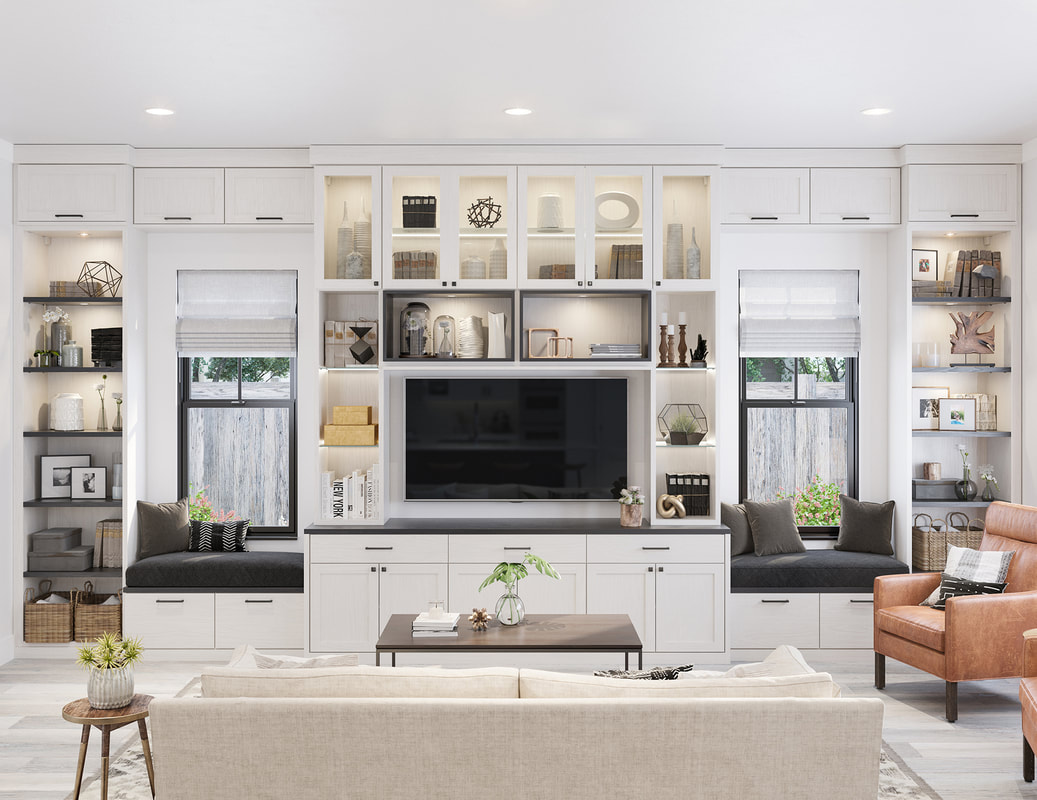
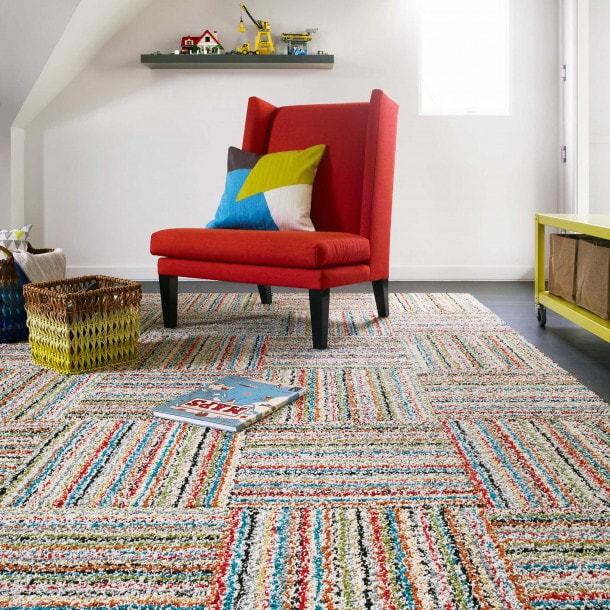
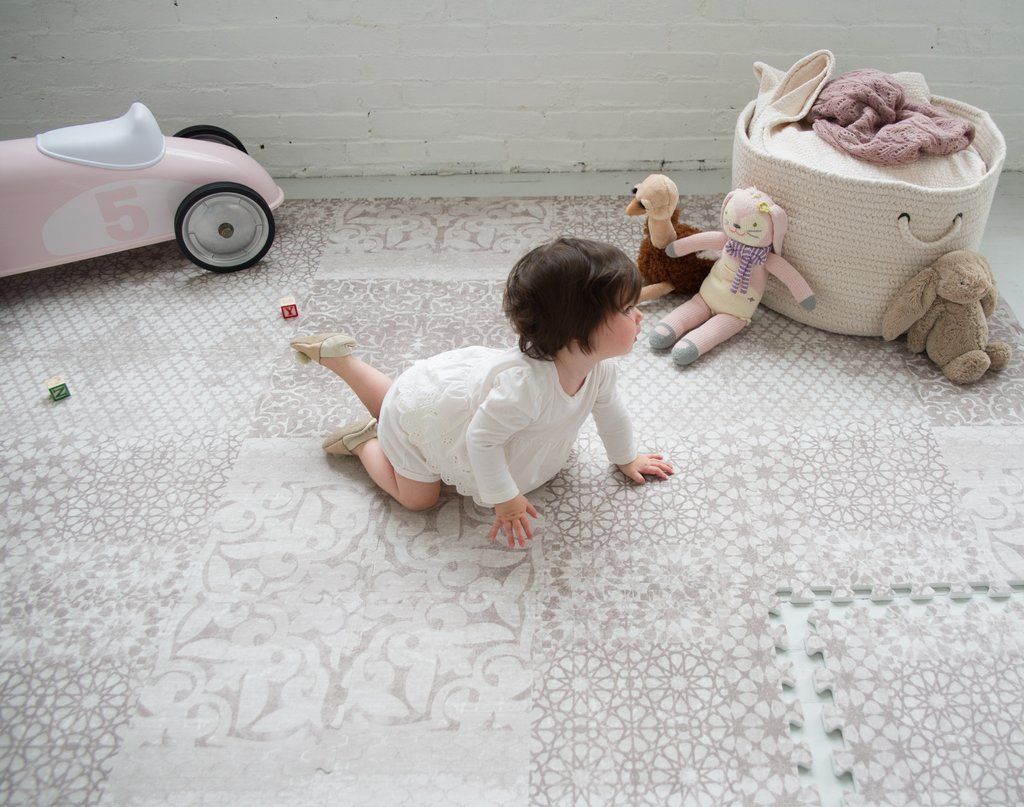
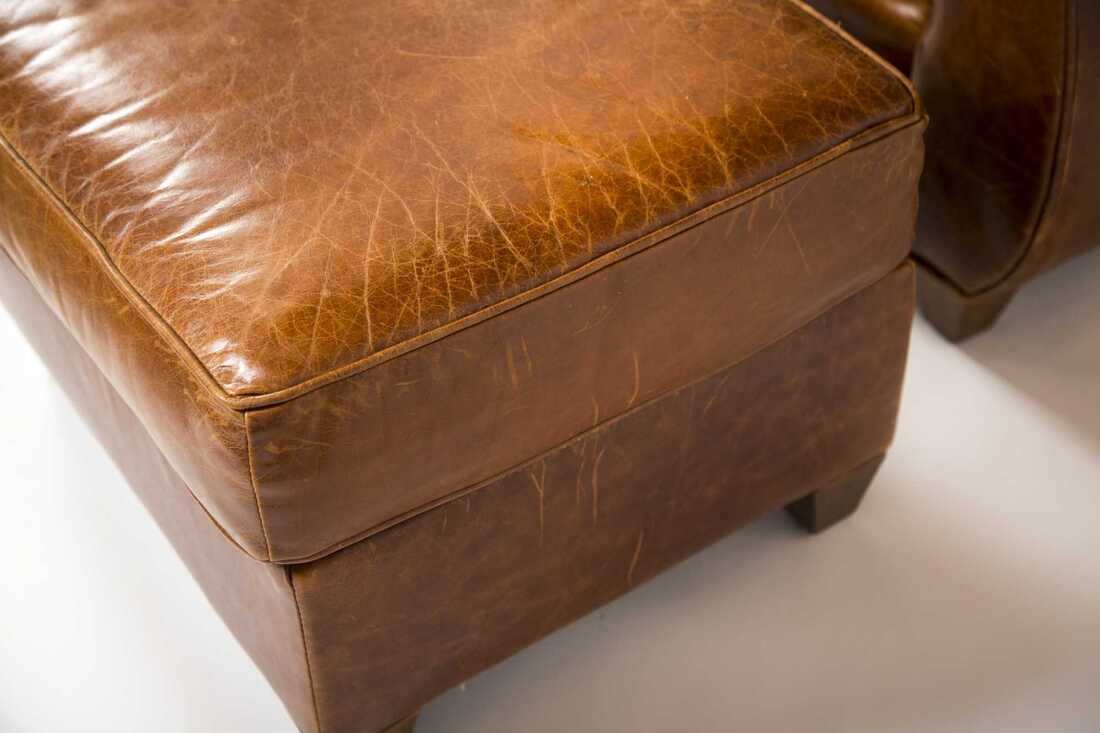
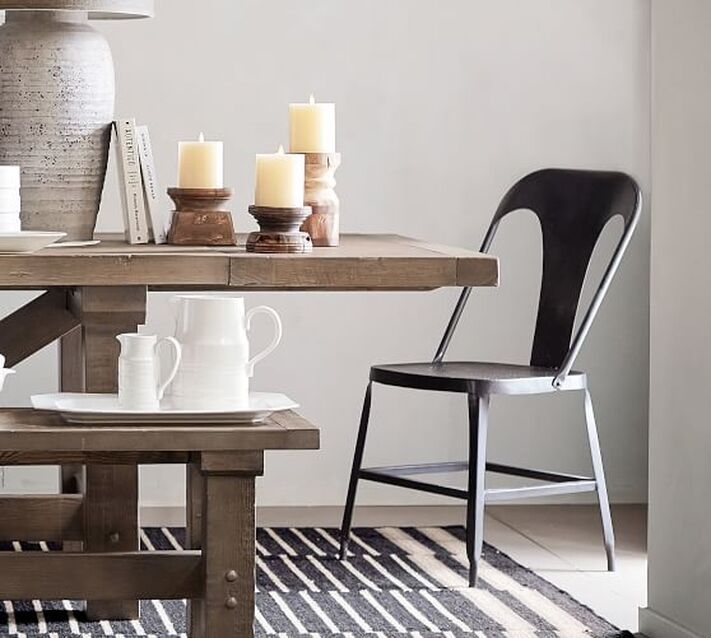
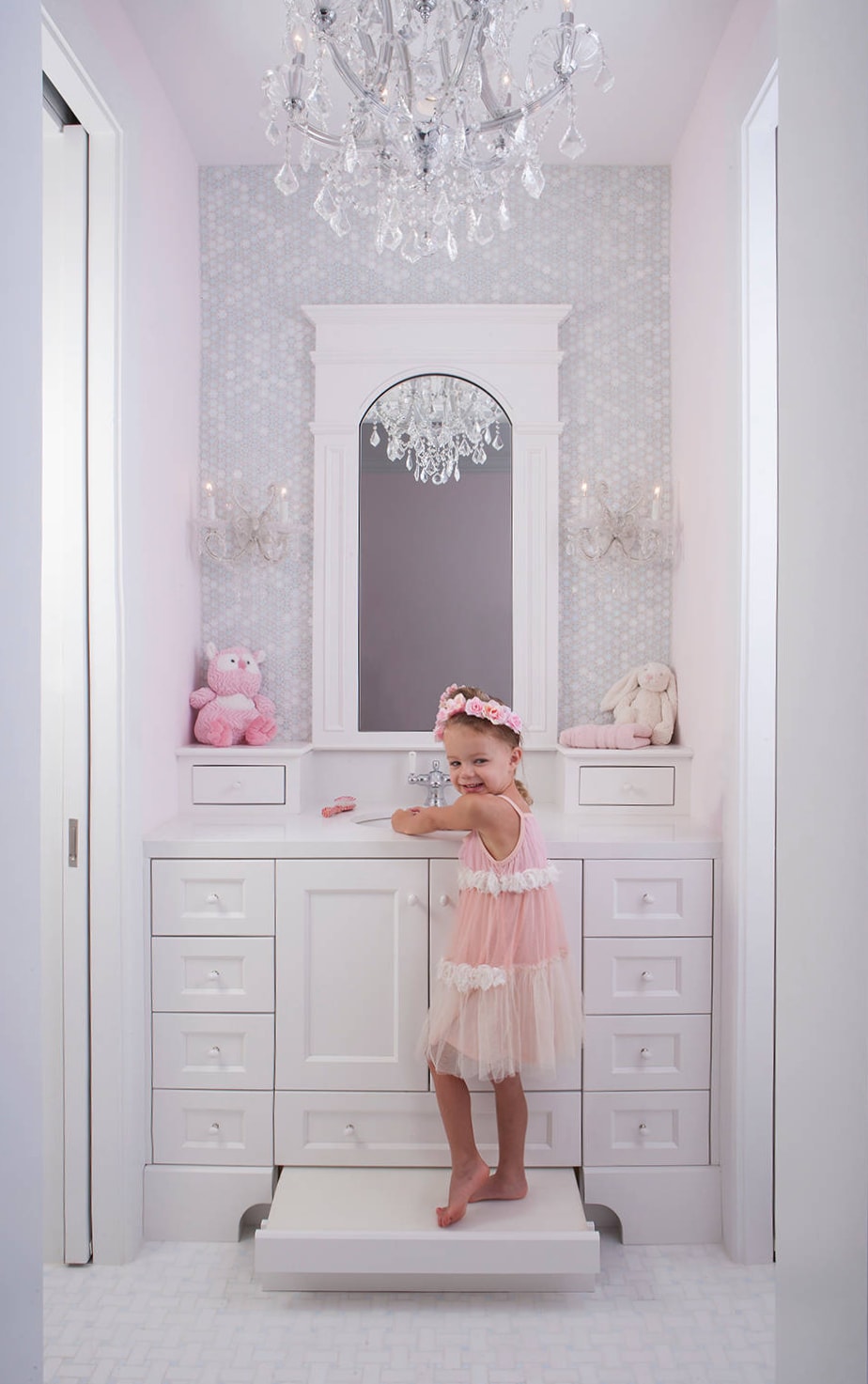
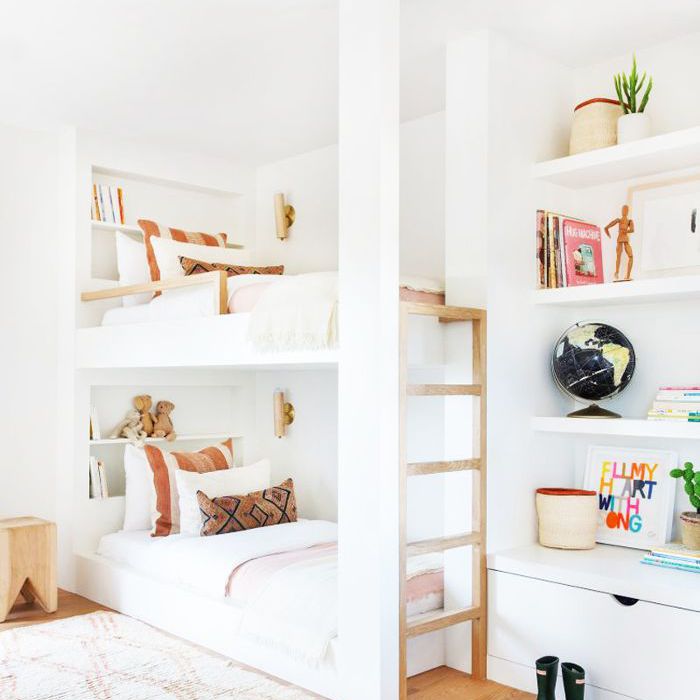
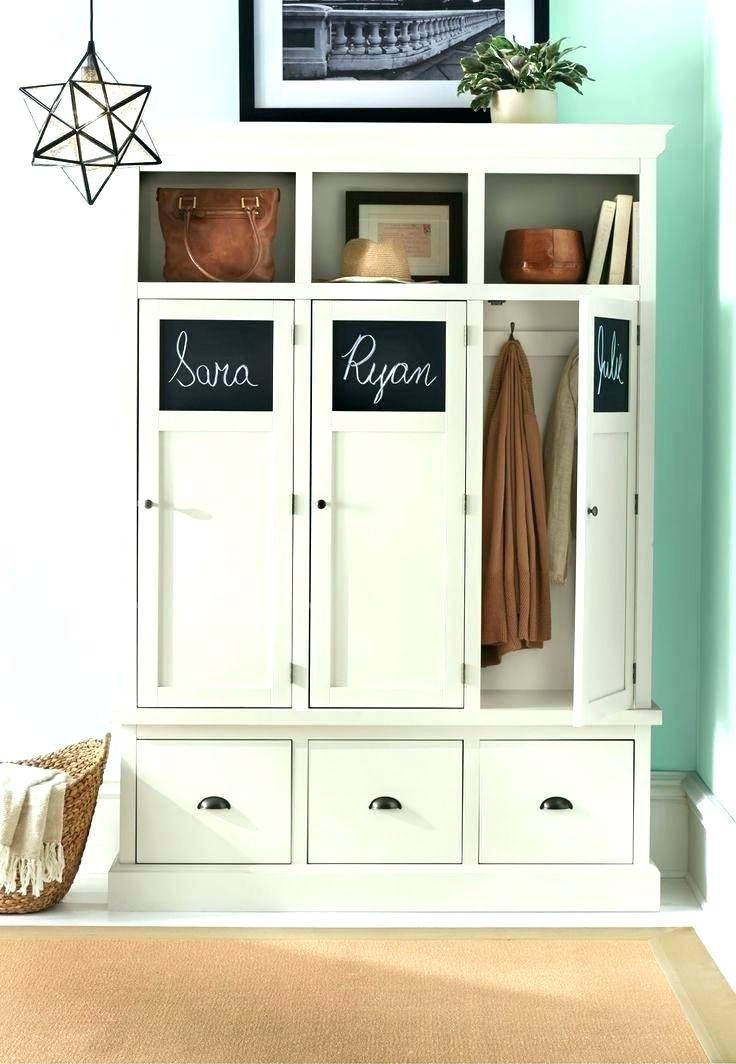
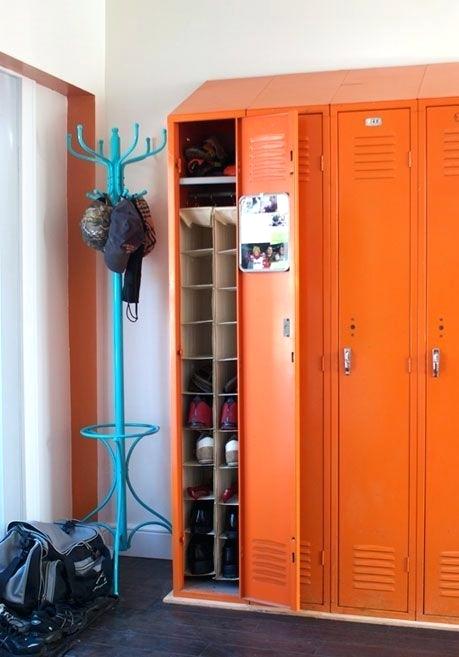
 RSS Feed
RSS Feed